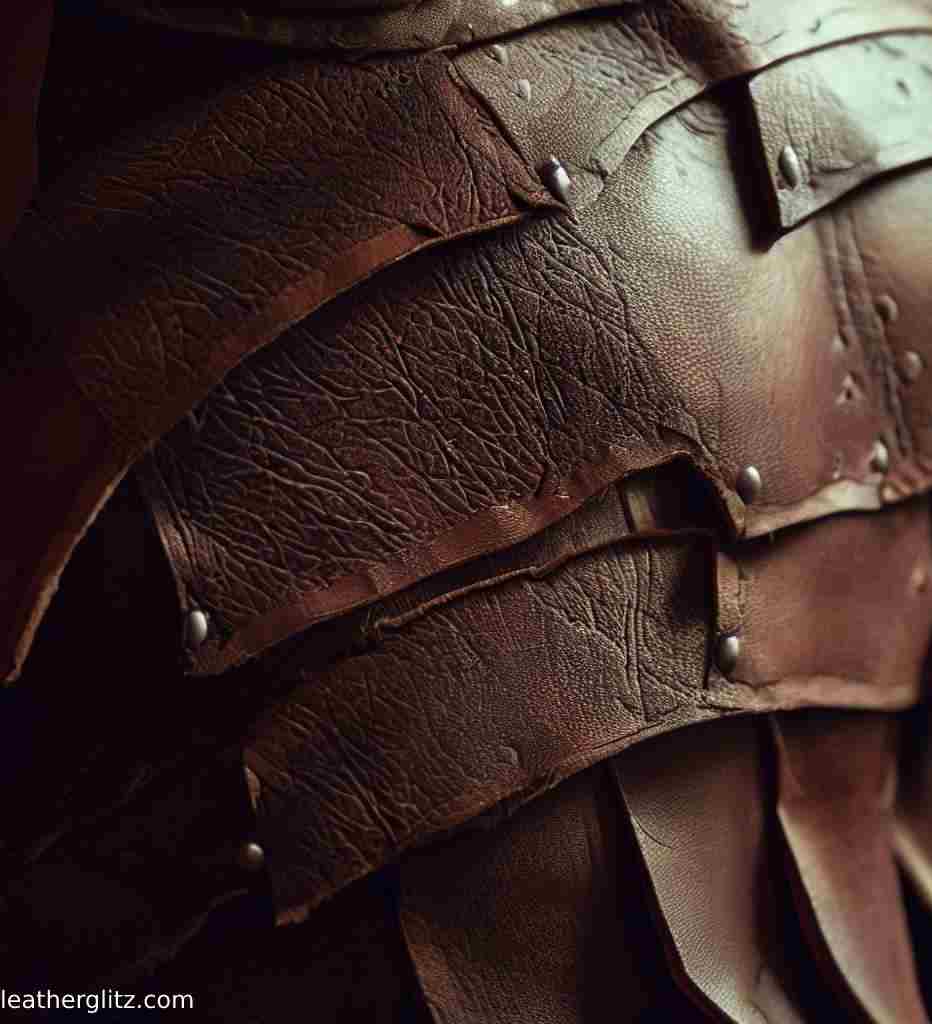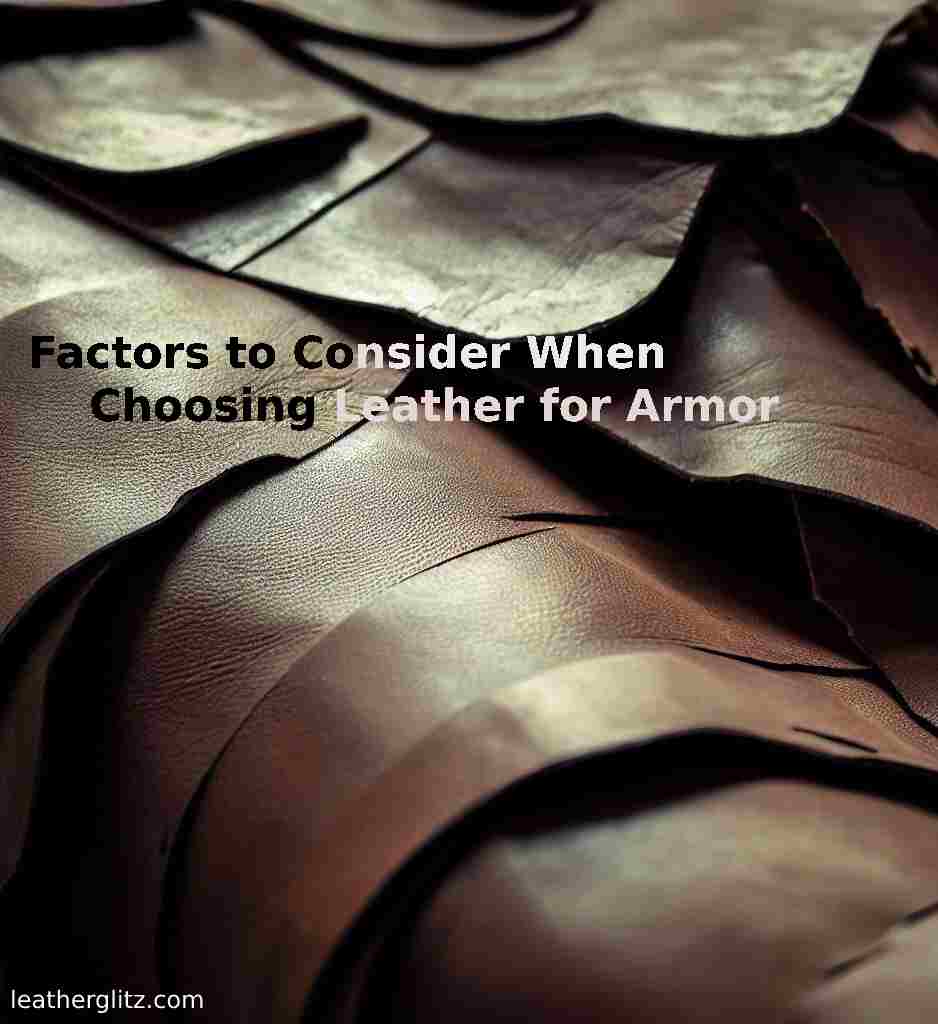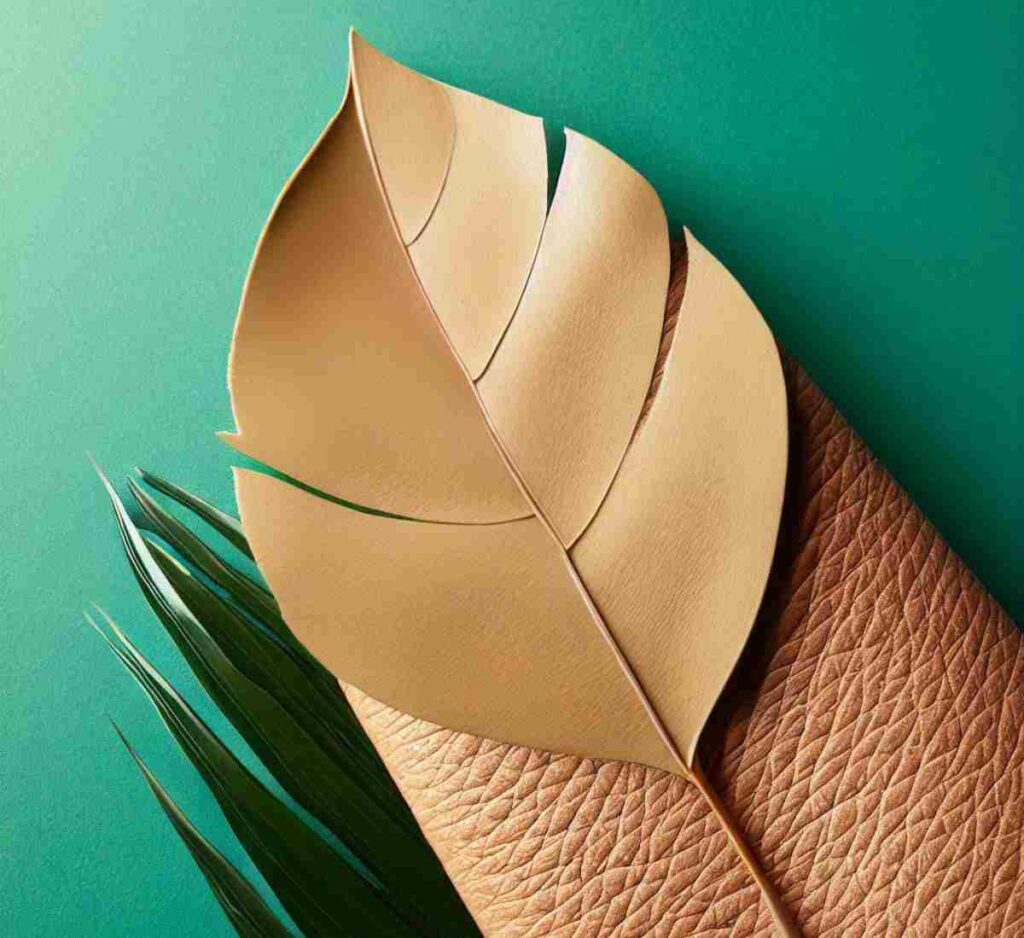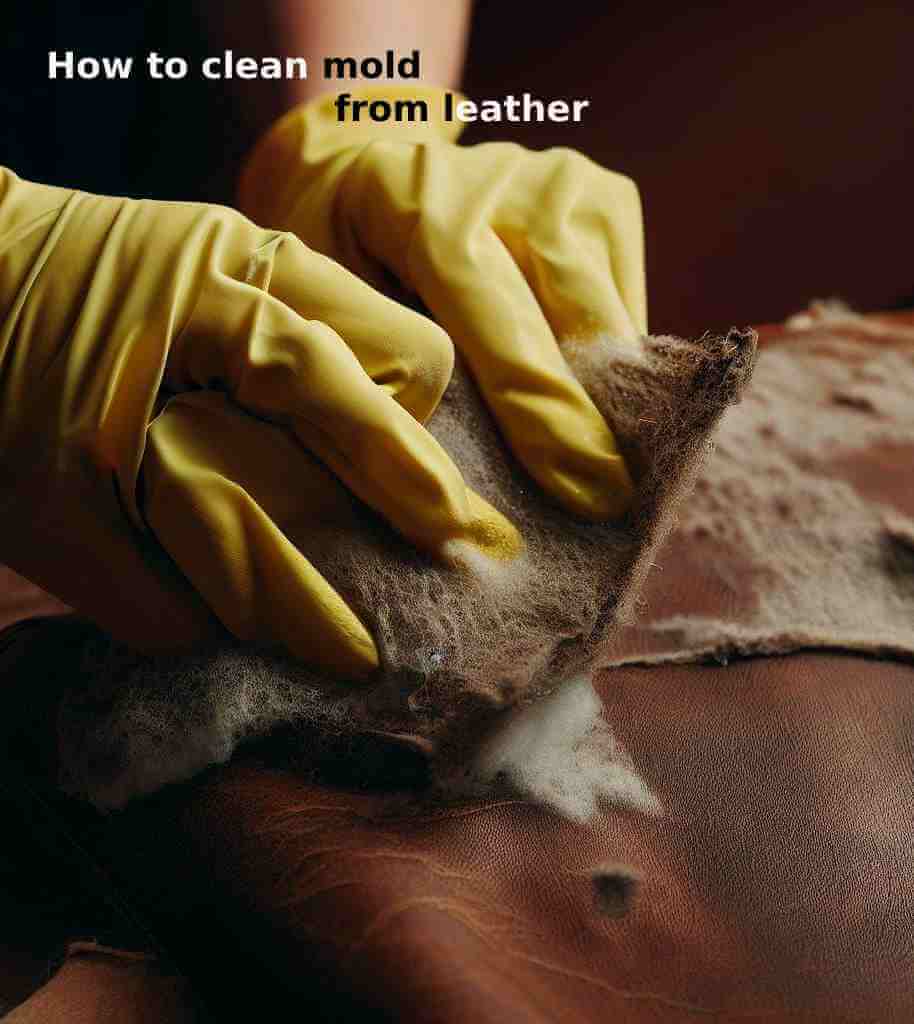What leather to use for Armor and the best choices to make it
The best leather options for armor, from vegetable-tanned cowhide to chrome-tanned leather. Learn about the importance of leather quality, treatments, and enhancements. don’t miss the perfect balance of strength, durability, and aesthetics for your armor project.
What thickness leather is best for armor?

Are you gearing up for battle, delving into the world of historical reenactment, or perhaps working on a cosplay project that requires authentic armor? Choosing the right leather for your armor is a crucial decision that can greatly impact your comfort, protection, and overall aesthetic. As someone who has delved into the realm of armor crafting and battled the uncertainties of leather selection, I understand the importance of making informed choices when it comes to this vital component.
When it comes to armor, leather has stood the test of time as a trusted material. From ancient warriors to modern-day enthusiasts, it has been relied upon for its unique combination of strength, flexibility, and durability. But not all leather is created equal, and selecting the appropriate type for your armor can make all the difference in terms of performance and authenticity.
In this guide, we will embark on a journey to demystify the intricate world of leather selection for armor. Together, we will explore the various types of leather available, weigh the pros and cons of each, and delve into the essential factors that should shape your decision-making process. By the end of this adventure, you will be equipped with the knowledge to confidently choose the leather that suits your specific armor needs.
Also read Faux Leather The Ultimate Guide : Benefits and Uses
But before we dive into the nitty-gritty details, it’s important to understand that the right leather for armor will largely depend on the context in which it will be used. Historical reenactors may seek authenticity, while cosplayers might prioritize comfort and visual appeal. Regardless of your specific requirements, the goal remains the same: to find the perfect balance between protection, flexibility, and durability.
Throughout this guide, we will also touch upon the importance of leather quality, as well as treatments and enhancements that can enhance the performance and longevity of your armor. By considering these additional aspects, you can ensure that your chosen leather not only meets your initial needs but also withstands the test of time.
So, whether you’re a seasoned armor enthusiast or a curious novice venturing into the world of leather crafting, join me as we uncover the secrets behind choosing the ideal leather for your armor. Let’s embark on this journey together and discover the perfect balance between tradition, functionality, and personal style.
2. Understanding Leather Types for Armor
When it comes to selecting the right leather for your armor, it’s essential to familiarize yourself with the different types available. Each type of leather possesses unique characteristics that can significantly influence the performance and appearance of your armor. As someone who has explored the realm of armor crafting and discovered the wonders of various leather types, I’m excited to share my insights with you.
Cowhide Leather: The Timeless Classic
If you’re seeking a leather type that has been trusted for centuries, cowhide leather is an excellent choice. Renowned for its strength and durability, cowhide leather is well-suited for armor that requires maximum protection. Its thick and robust nature ensures a reliable barrier against potential threats, making it a popular choice for historical reenactors and enthusiasts seeking authenticity.
Cowhide leather boasts excellent resistance to abrasion and tear, allowing it to withstand the rigors of battle and the test of time. Additionally, its natural grain pattern and distinct texture lend a touch of authenticity to any armor piece. However, keep in mind that cowhide leather can be relatively stiff initially, requiring some breaking-in to achieve optimal flexibility and comfort.
Lambskin Leather: Lightweight and Supple
For those who prioritize comfort and flexibility without compromising protection, lambskin leather is an appealing option. Lambskin is notably softer and more pliable than cowhide, offering a superior level of comfort even during prolonged wear. This lightweight leather allows for ease of movement, making it suitable for armor that requires agility and flexibility.
While lambskin leather may not possess the same level of durability as cowhide, it still provides adequate protection for many applications. Its delicate and smooth texture adds a touch of elegance to armor pieces, making it a popular choice for those who prioritize aesthetics alongside functionality. However, it’s important to note that lambskin leather may not be as resistant to wear and tear as its thicker counterparts.
Goatskin Leather: A Versatile Choice
When versatility is key, goatskin leather emerges as a strong contender. Known for its balance between strength, flexibility, and comfort, goatskin leather offers a well-rounded option for various armor projects. With its medium weight and excellent abrasion resistance, goatskin leather strikes a harmonious balance between protection and maneuverability.
Goatskin leather is highly regarded for its suppleness, allowing for easier movement and a comfortable fit. Its natural grain pattern adds character and uniqueness to armor pieces, further enhancing their visual appeal. Moreover, goatskin leather is available in different thicknesses, providing flexibility in choosing the ideal weight for your specific armor requirements.
Table comparing leather types
| Leather Type | Thickness | Durability | Flexibility | Availability | Cost |
| Cowhide | Thick | High | Moderate | Widely available | Moderate to High |
| Lambskin | Thin to Medium | Moderate | High | Widely available | Moderate |
| Goatskin | Medium | Moderate to High | High | Widely available | Moderate to High |
By understanding the distinct characteristics of these primary leather types—cowhide, lambskin, and goatskin—you can make an informed decision based on your desired balance of protection, flexibility, and aesthetics. Each type offers its own advantages, so it’s crucial to consider your specific needs and the demands of your armor project before making a final choice.
3. Factors to Consider When Choosing Leather for Armor
Selecting the right leather for your armor involves considering several key factors. By carefully assessing these factors, you can ensure that your chosen leather meets your specific needs in terms of protection, comfort, and functionality. As someone who has spent countless hours researching and experimenting with different leather options, I’m thrilled to share my insights with you.

Thickness and Weight Considerations
The thickness of the leather plays a crucial role in determining the level of protection it offers. Thicker leather, such as cowhide, provides greater resistance against impact and potential weapon penetration. It offers a sense of security, particularly for those seeking high levels of authenticity or engaging in intense combat reenactments.
However, it’s essential to strike a balance between thickness and weight. Heavier armor can be burdensome, hindering agility and maneuverability. Consider the demands of your intended use, whether it’s intense battle scenarios or more casual cosplay events. Opt for a leather thickness that provides adequate protection while allowing you to move comfortably and confidently.
Durability and Resistance to Wear and Tear
Armor faces significant wear and tear during its lifetime, and the durability of the chosen leather is paramount to its longevity. Look for leather that exhibits excellent resistance to abrasion and tear. Cowhide, for instance, is known for its robust nature and ability to withstand harsh conditions, making it an ideal choice for armor that will see heavy use.
Evaluate the expected lifespan of your armor and the intensity of use it will endure. A balance must be struck between durability and flexibility. While highly durable leather can provide long-lasting armor, it may sacrifice some degree of flexibility and comfort. Assess your priorities and make an informed decision based on the anticipated demands on your armor.
Flexibility and Ease of Movement
Armor that restricts movement can hinder your performance and compromise your safety. The flexibility of the leather directly influences your range of motion and agility during combat or other physical activities. Lambskin and goatskin leathers are known for their supple nature, offering enhanced flexibility and ease of movement.
Consider the specific movements and actions required for your armor’s purpose. If agility and maneuverability are critical, prioritize leather that allows for a wide range of motion without sacrificing protection. Finding the right balance between flexibility and protection ensures that you can perform at your best without feeling encumbered.
Availability and Cost
Availability and cost are practical considerations when choosing leather for armor. Some types of leather may be more readily accessible than others, depending on your location and available resources. Additionally, the cost of leather can vary significantly, with certain types being more expensive due to factors such as rarity or quality.
Research local suppliers, online marketplaces, and leatherworking communities to gauge the availability and cost of different leather options. Consider your budget and determine the best balance between affordability and meeting your desired criteria for protection and functionality. Remember, quality and suitability for your armor project should always take precedence over cost alone.
By carefully considering these factors—thickness and weight, durability, flexibility, and availability—you can make an informed decision when selecting leather for your armor. Understanding your specific needs and prioritizing the essential aspects will lead you to choose leather that not only meets your requirements but also enhances your overall armor experience.
4. The Importance of Leather Quality for Armor
When it comes to selecting leather for your armor, the importance of quality cannot be overstated. The quality of the leather directly affects the strength, durability, and overall performance of your armor. As someone who has learned firsthand the impact that leather quality can have on the final product, I’m excited to share with you the significance of prioritizing high-quality leather.
Impact on Strength and Protection
High-quality leather ensures that your armor possesses the necessary strength and protection to withstand the demands of combat or physical activities. Inferior quality leather may be prone to tearing, puncturing, or wearing out prematurely, compromising the effectiveness of your armor and potentially putting you at risk.
Choosing top-notch leather with excellent structural integrity provides a solid foundation for your armor’s construction. It enhances its ability to withstand impact, resist penetration, and protect your body. When your armor is made from high-quality leather, you can have confidence in its ability to shield you from potential harm.
Longevity and Resistance to Wear
Armor is meant to endure, and its lifespan greatly depends on the durability of the leather used. High-quality leather is more resistant to wear and tear, allowing your armor to remain intact and functional for an extended period. Inferior leather, on the other hand, may deteriorate quickly, leading to weakened areas and the need for frequent repairs or replacements.
Investing in quality leather ensures that your armor can withstand the rigors of regular use and maintain its structural integrity. Whether you’re engaging in intense battle reenactments or showcasing your armor at conventions, knowing that your leather can stand the test of time brings peace of mind and avoids the hassle of frequent repairs or replacements.
Authenticity and Aesthetics
For many armor enthusiasts, authenticity and aesthetics play a vital role in their projects. High-quality leather not only offers superior performance but also enhances the overall visual appeal of your armor. The texture, grain patterns, and natural characteristics of quality leather lend an air of authenticity to armor piece, whether it’s a medieval knight’s plate armor or a fantasy-inspired cosplay costume.
In addition, quality leather is often treated with care, preserving its appearance and ensuring that it maintains its original beauty for years to come. The smoothness, luster, and richness of well-maintained leather contribute to the overall appeal of your armor, making it a true work of art.
Investing in high-quality leather not only guarantees the strength and longevity of your armor but also enhances its authenticity and aesthetic appeal. By choosing quality over compromise, you can create a remarkable armor piece that not only performs optimally but also captivates the eyes of those who behold it.
5. Treatments and Enhancements for Leather Armor
While choosing the right type and quality of leather is crucial for your armor, there are additional treatments and enhancements that can further enhance its performance, durability, and aesthetics. As someone who has explored various techniques and enhancements for leather armor, I’m excited to share with you some valuable insights in this regard.
Tanning and Finishing Techniques
Tanning is a vital process that transforms raw animal hides into usable leather. Various tanning methods exist, each with its own characteristics and effects on the leather. Vegetable tanning, for instance, is a traditional method that uses natural plant extracts, resulting in a durable and firm leather with a natural patina over time. On the other hand, chrome tanning is a more modern and efficient method that produces soft and supple leather.
The choice of tanning method can influence the qualities of the leather, such as its flexibility, water resistance, and aging properties. Consider the specific requirements of your armor project and the desired characteristics you seek. Research different tanning techniques and consult with leather experts to determine the most suitable option for your needs.
Additionally, finishing techniques can be applied to leather to enhance its appearance and protect it from external elements. Common finishing techniques include dyeing, oiling, waxing, and buffing. These techniques can impart color, add shine, increase water resistance, and improve overall durability. Experiment with different finishes to achieve the desired look and functionality for your armor.
Reinforcements and Stitching
To increase the durability and strength of leather armor, reinforcements and stitching are essential. Reinforcements, such as additional layers of leather or metal components, can be strategically placed in high-stress areas to provide extra protection and prevent premature wear. Reinforcements can be sewn or riveted onto the leather, depending on the desired aesthetic and functional requirements.
Stitching plays a crucial role in holding the leather pieces together and ensuring the armor retains its shape during use. High-quality stitching techniques, such as hand stitching or machine stitching with durable thread, are important to maintain the integrity of the armor. Consider the type of stitching that best suits your armor design and the level of durability you require.
Leather Conditioning and Maintenance
Proper conditioning and maintenance are vital to preserving the quality and longevity of your leather armor. Regularly conditioning your leather with appropriate products helps keep it supple, prevents drying or cracking, and maintains its natural moisture. Leather conditioners, balms, or oils can be applied to replenish the leather’s oils and protect it from environmental factors.
Additionally, proper storage and care are essential for maintaining the appearance and functionality of your armor. Keep your armor in a cool, dry place, away from direct sunlight or excessive humidity. Clean it regularly with a soft cloth or brush to remove dirt and debris. Treat any stains or spills promptly to prevent permanent damage.
6. Best Leather Options for Armor
Now that we have explored the various factors and considerations involved in choosing leather for armor, let’s dive into some of the best leather options available. These types have proven to be popular choices among armor enthusiasts, offering a balance of strength, durability, flexibility, and aesthetics. As someone who has experimented with different leather options, I’m excited to share my top recommendations with you.
Vegetable-Tanned Cowhide Leather
Vegetable-tanned cowhide leather is a classic choice for armor, prized for its strength, durability, and historical authenticity. This leather undergoes a traditional tanning process using natural plant extracts, resulting in a firm and rigid material that can withstand the demands of combat. Its natural patina and aging properties add a touch of character and authenticity to armor pieces.
Chrome-Tanned Cowhide Leather
For those seeking a softer and more supple leather option, chrome-tanned cowhide leather is an excellent choice. This modern tanning method produces a pliable and flexible leather that offers comfort and ease of movement. Chrome-tanned leather is also known for its water resistance and resistance to stretching, making it a practical option for various armor projects.
Combination of Cowhide and Lambskin Leather
To achieve the best of both worlds—durability and comfort—a combination of cowhide and lambskin leather can be a winning combination. Cowhide provides the necessary strength and protection, while lambskin adds a layer of softness and flexibility. This combination allows for a comfortable fit and enhanced maneuverability, making it suitable for armor that requires both protection and agility.
Suede Leather
Suede leather, with its unique texture and appearance, offers a distinct option for armor enthusiasts looking for something different. Suede is created by sanding the inner layer of animal hide, resulting in a soft and velvety texture. While suede may not possess the same level of durability as full-grain leather, it can still provide adequate protection for certain types of armor and adds a touch of elegance to the overall design.
Table comparing best Leather Options for Armor
| Leather Type | Strength and Durability | Flexibility and Comfort | Aesthetics and Authenticity | Availability and Cost |
| Vegetable-Tanned Cowhide Leather | Excellent | Moderate | High | Moderate |
| Chrome-Tanned Cowhide Leather | Very Good | High | Moderate | Wide Range |
| Combination of Cowhide and Lambskin Leather | Good | Very High | High | Moderate |
| Suede Leather | Fair | Good | Unique and Textured | Wide Range |
Remember, the best leather option for your armor ultimately depends on your specific requirements, preferences, and the intended use of the armor. Consider the balance between strength, durability, flexibility, and aesthetics that aligns with your priorities. Don’t hesitate to experiment and mix different leather types to achieve the desired outcome for your armor project.
Closing Notes
Choosing the right leather for your armor is a crucial decision that can significantly impact its performance, durability, and overall aesthetic appeal. Throughout this blog post, we have explored various aspects related to selecting leather for armor, from understanding different leather types to considering factors such as thickness, durability, flexibility, and availability. As someone who has delved into the world of leather armor, I hope this guide has provided valuable insights and guidance to help you make an informed decision.
Remember, the key to finding the ideal leather for your armor lies in striking a balance between strength, flexibility, comfort, and authenticity. Evaluate your specific needs, the purpose of your armor, and the demands it will face. Consider the type of protection required, the level of flexibility desired, and the visual aesthetics that resonate with you. By carefully assessing these factors, you can choose leather that meets your criteria and enhances your overall armor experience.
Quality plays a significant role in leather selection. Investing in high-quality leather ensures that your armor possesses the necessary strength, longevity, and authenticity. Opt for reputable suppliers, consult experienced leatherworkers, and thoroughly research different types of leather and their respective qualities. Balancing quality with cost considerations will help you find the best leather option within your budget.
Read more Converse Leather or Canvas: the Best Fit for Your Style
Furthermore, don’t overlook the importance of treatments and enhancements. Tanning techniques, reinforcements, stitching, and proper maintenance all contribute to the overall performance and longevity of your leather armor. Experiment with different treatments, finishes. And care routines to achieve the desired results and keep your armor in top condition for years to come.
Finally, embrace the creative process and enjoy the journey of crafting your leather armor. Each piece of armor is a unique reflection of its creator, combining functionality, historical accuracy, and personal style. Whether you’re engaging in historical reenactments, participating in cosplay events. Or simply appreciating the art of armor crafting, the right choice of leather will elevate your armor to new heights.
In conclusion, selecting the right leather for your armor requires careful consideration of various factors. By understanding different leather types, assessing key criteria, and exploring treatments and enhancements, you can create armor that offers both protection and visual appeal. So, embark on your leather armor project with confidence, and may your chosen leather become the armor that embodies your warrior spirit.


